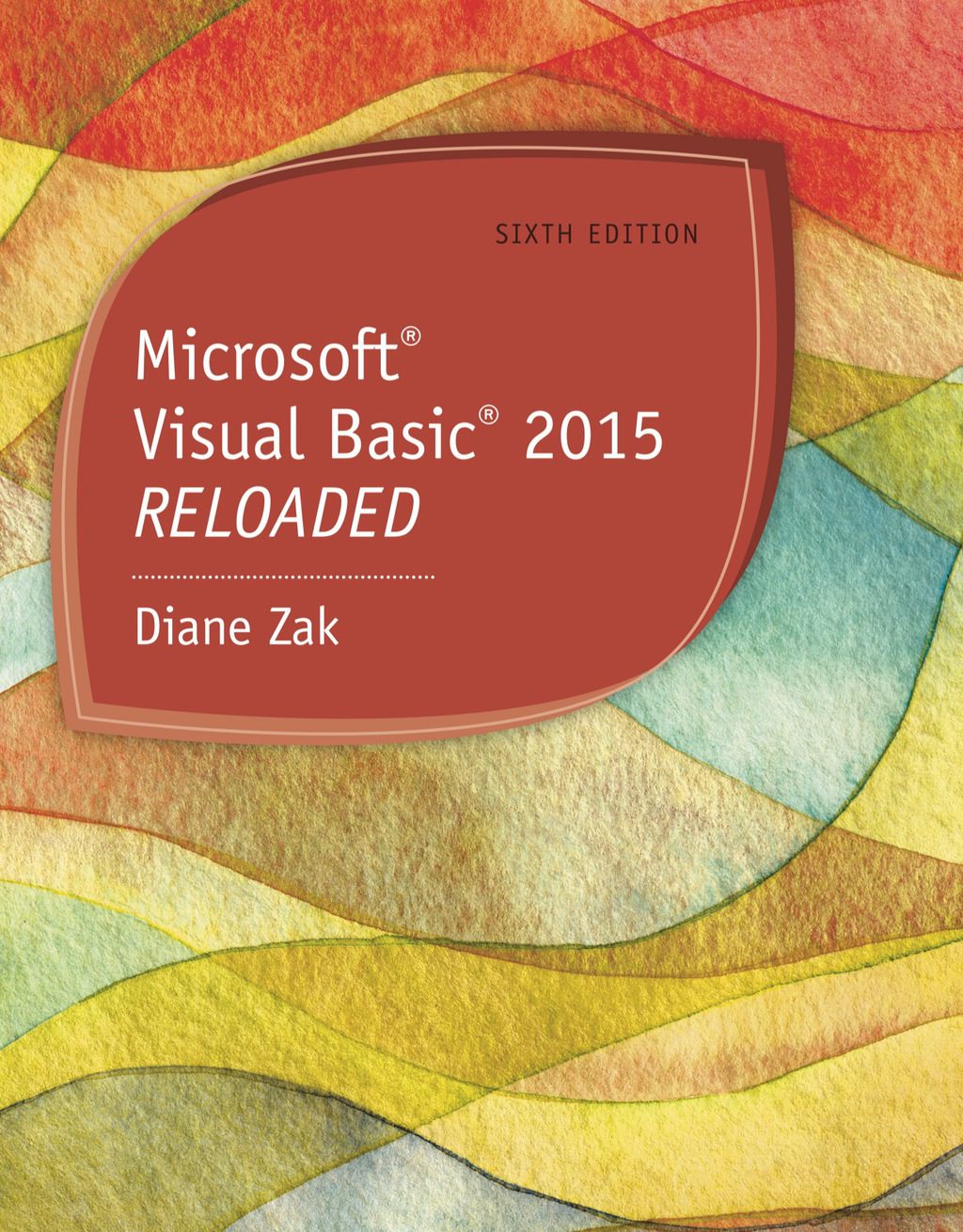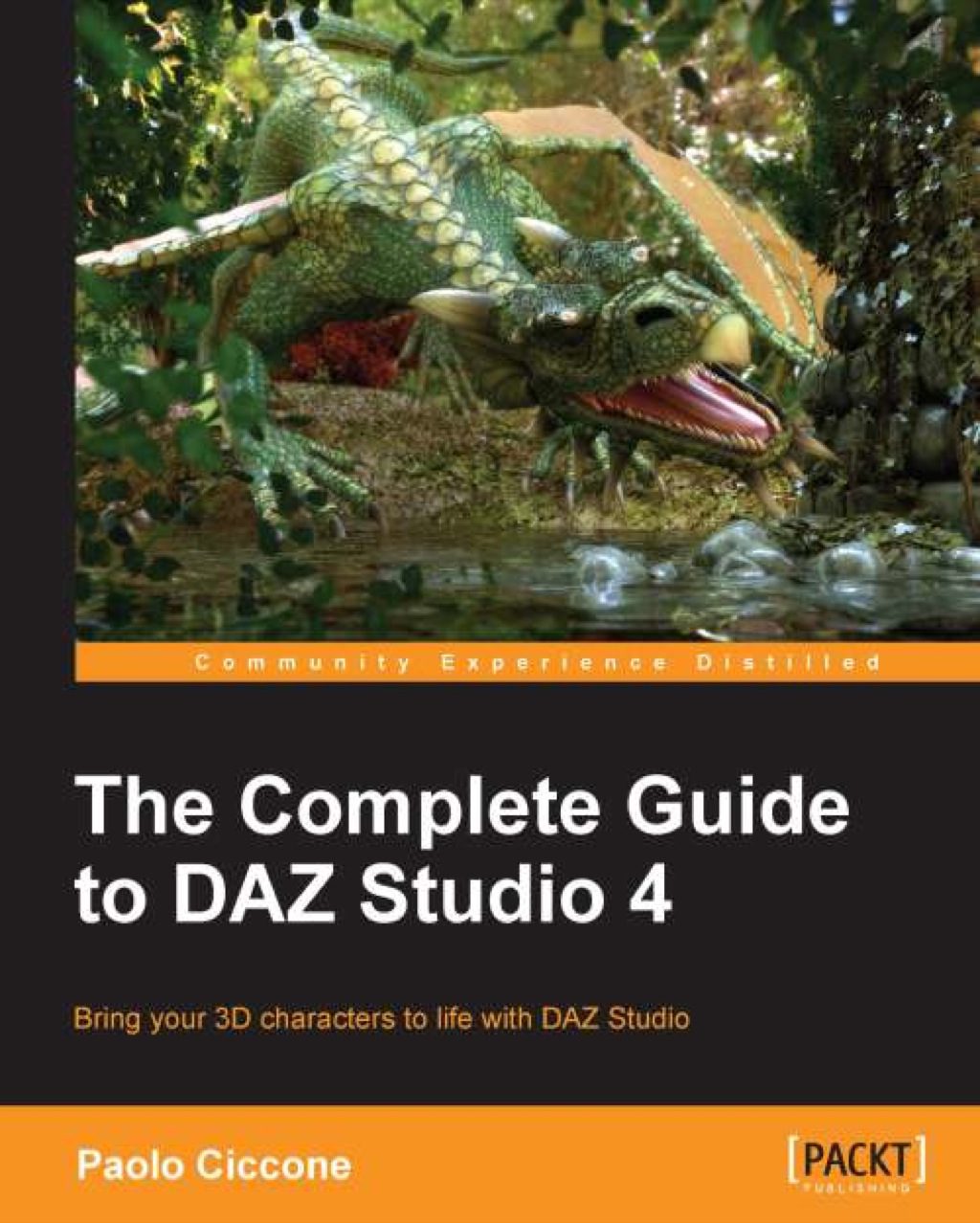Russell Beale, Christian Peter (auth.), Christian Peter, Russell Beale (eds.)3540850988, 9783540850984
Affect and emotion play an important role in our everyday lives: They are present whatever we do, wherever we are, and wherever we go, without us being aware of them for much of the time. When it comes to interaction, be it with humans, technology, or humans via technology, we suddenly become more aware of emotion, either by seeing the other’s emotional expression, or by not getting an emotional response while anticipating one.
Given this, it seems only sensible to explore affect and emotion in human-computer interaction, to investigate the underlying principles, to study the role they play, to develop methods to quantify them, and to finally build applications that make use of them. This is the research field for which, over ten years ago, Rosalind Picard coined the phrase “affective computing”.
The present book provides an account of the latest work on a variety of aspects related to affect and emotion in human-technology interaction. It covers theoretical issues, user experience and design aspects as well as sensing issues, and reports on a number of affective applications that have been developed in recent years.
Table of contents :
Front Matter….Pages –
The Role of Affect and Emotion in HCI….Pages 1-11
Don’t Get Emotional….Pages 12-22
Computational Affective Sociology….Pages 23-34
Comparing Two Emotion Models for Deriving Affective States from Physiological Data….Pages 35-50
Consideration of Multiple Components of Emotions in Human-Technology Interaction….Pages 51-62
Auditory-Induced Emotion: A Neglected Channel for Communication in Human-Computer Interaction….Pages 63-74
Automatic Recognition of Emotions from Speech: A Review of the Literature and Recommendations for Practical Realisation….Pages 75-91
Emotion Recognition through Multiple Modalities: Face, Body Gesture, Speech….Pages 92-103
The Composite Sensing of Affect….Pages 104-115
Emotional Experience and Interaction Design….Pages 116-129
How Is It for You? (A Case for Recognising User Motivation in the Design Process)….Pages 130-141
Affect as a Mediator between Web-Store Design and Consumers’ Attitudes toward the Store….Pages 142-153
Beyond Task Completion in the Workplace: Execute, Engage, Evolve, Expand….Pages 154-162
Simulated Emotion in Affective Embodied Agents….Pages 163-174
Affective Human-Robotic Interaction….Pages 175-185
In the Moodie: Using ‘Affective Widgets’ to Help Contact Centre Advisors Fight Stress….Pages 186-193
Feasibility of Personalized Affective Video Summaries….Pages 194-208
Acoustic Emotion Recognition for Affective Computer Gaming….Pages 209-219
In the Mood: Tagging Music with Affects….Pages 220-228
Using Paralinguistic Cues in Speech to Recognise Emotions in Older Car Drivers….Pages 229-240
Back Matter….Pages –







Reviews
There are no reviews yet.